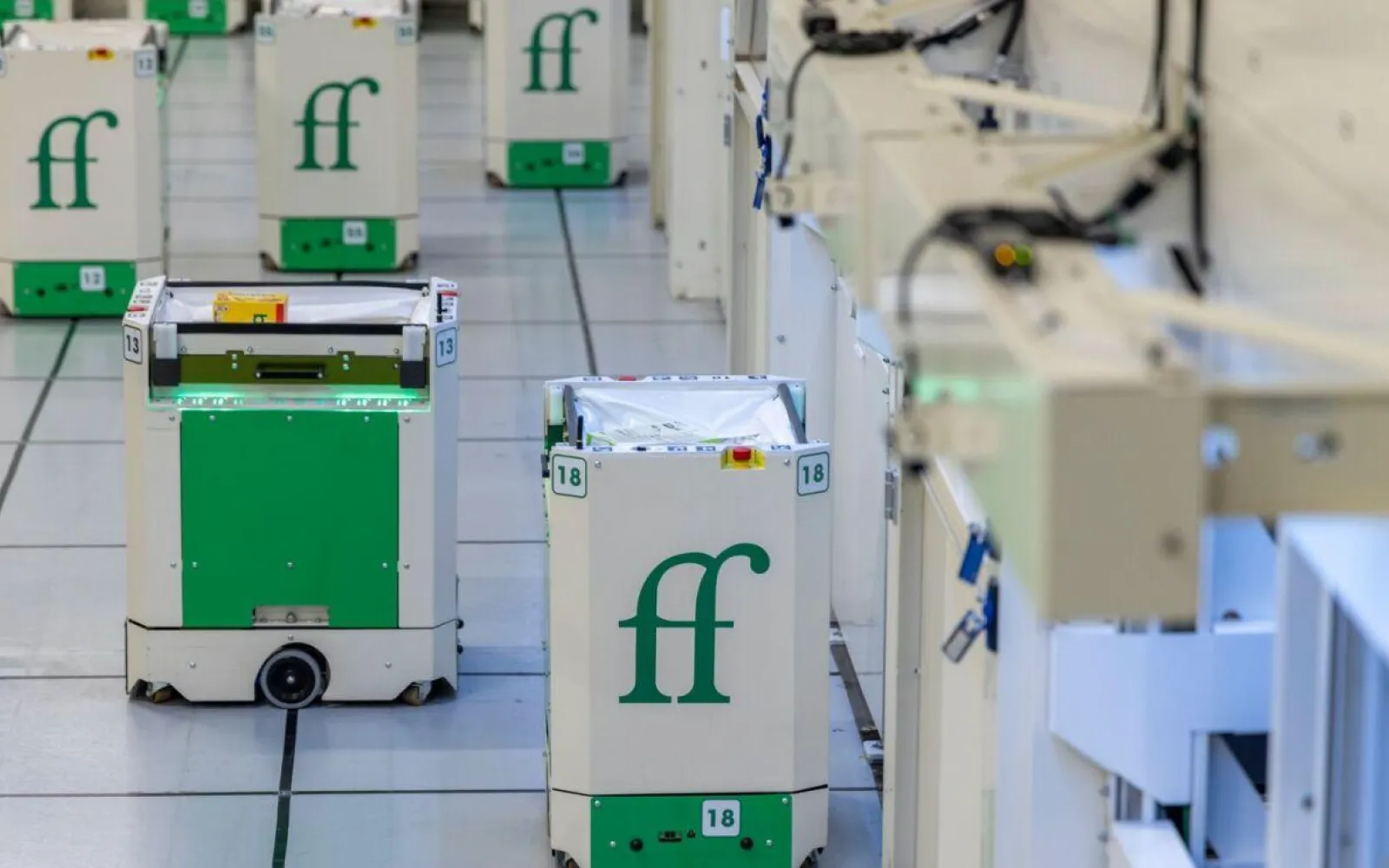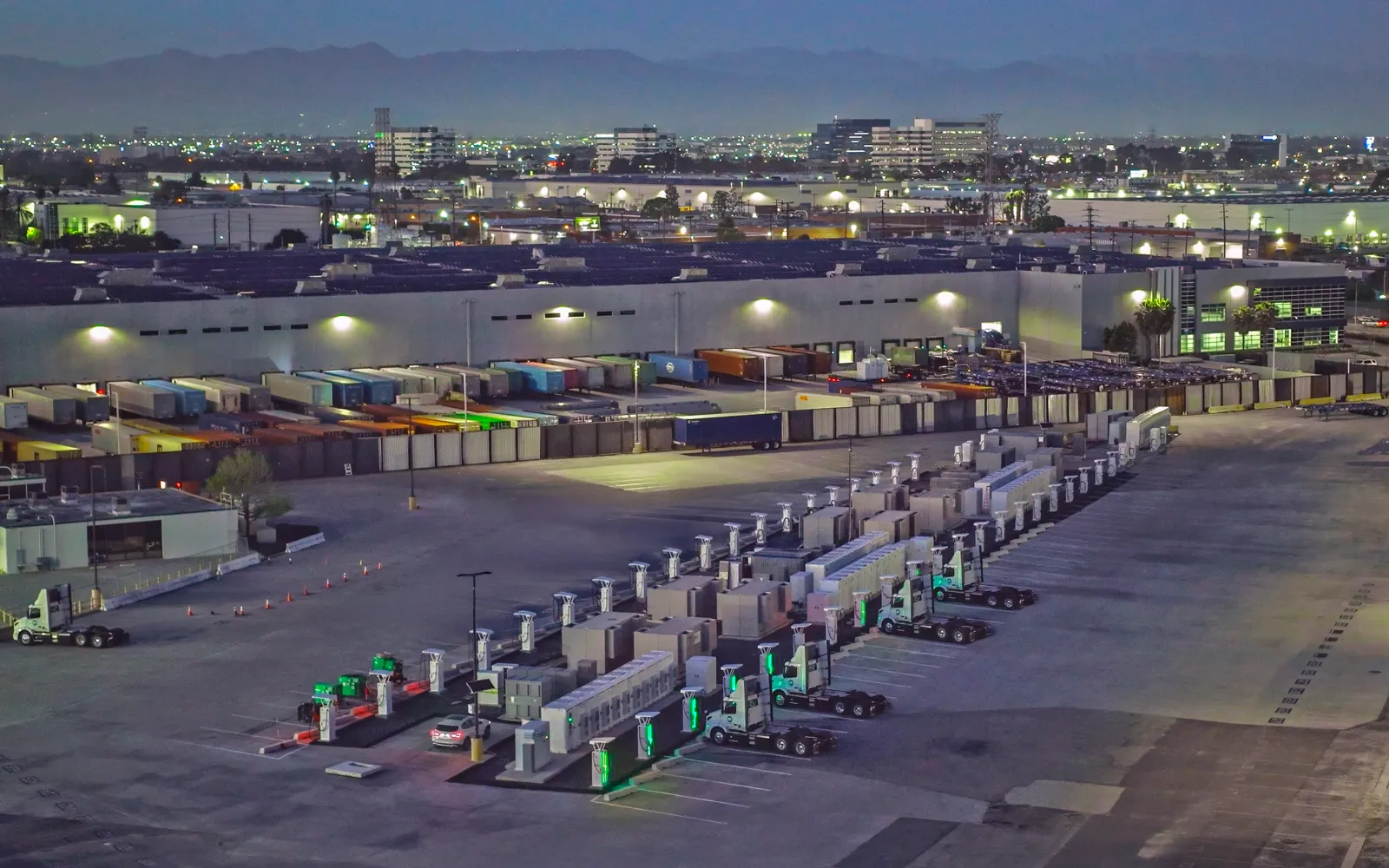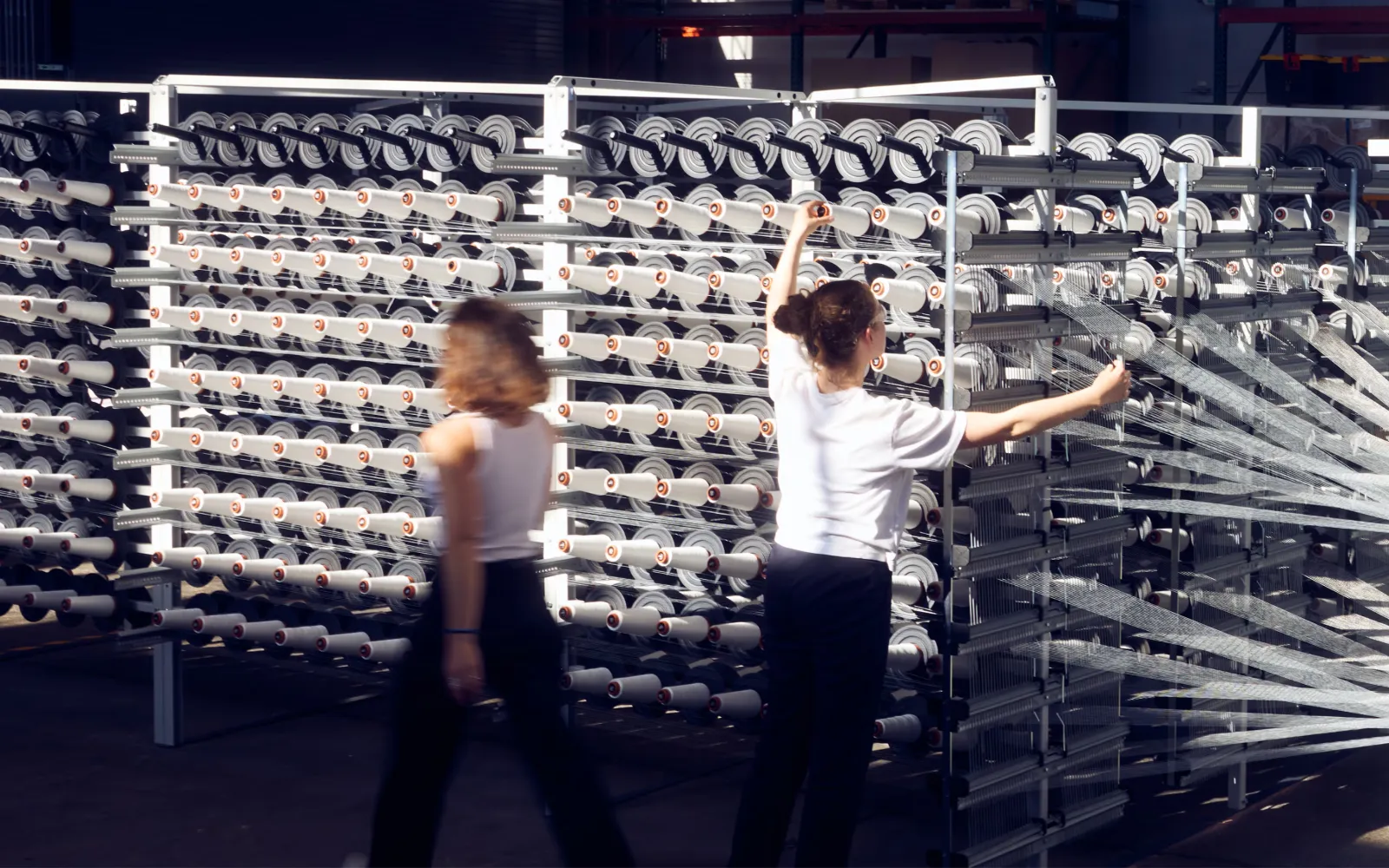

Slip Robotics
Automating loading dock operations
The 2025 edition of the DCVC Deep Tech Opportunities Report, released in June, explains the global challenges we see as the most critical and the possible solutions we hope to advance through our investing. This is a condensed version of part of the report’s second chapter.
Every day, across the world, millions of trailer trucks back up to loading docks at factories and warehouses. These docks amount to a universal standard interface for the global supply chain, and they aren’t likely to be redesigned anytime soon. Unfortunately, they’re inefficient and dangerous. Forklift operators traditionally load and empty the trailers one box, crate, or pallet at a time — a job that takes 30 to 60 minutes per truckload. That keeps drivers idle, while also exposing operators to high rates of injury.
The engineers at Slip Robotics understood that the simplest solution to a problem is often the best one. They designed automated pallets to take over the loading dock. These self-guided floors on wheels slide freight into and out of trailers under the control of software and sensors. Three bots, each carrying up to 12,000 pounds, are enough to fill a trailer, cutting an hour-long job to just five minutes and reducing labor and waiting costs from $100 per load to about $15 per load. The SlipBots themselves are still loaded up by forklift operators, but when these workers don’t have to drive their forklifts directly into trailers, accident rates go down by 25 percent, freight damage goes down by 40 percent, and equipment damage goes down by 62 percent, according to the company.
“SlipBots are elegantly simple, fast, and easy to deploy, requiring no integration with IT and no complex environmental mapping,” says DCVC general partner James Hardiman. In fact, Slip already has two dozen customers in its pipeline, and its goal is to deploy 450 bots by the end of 2025. It’s an innovation that could help the logistics industry meet growing pressure for fast delivery without redesigning warehouses or expanding truck fleets. Slip has succeeded by “focusing on a very narrow problem, taking things on and off a truck,” says Hardiman. “It’s a constrained, well-defined environment, and you can make a very specialized robot for that.”
But versatility, too, can be a virtue. In settings built for humans, nothing less than a humanoid robot with hands, legs, and eyes is needed to take over the tedious and strain-inducing jobs humans don’t want, such as carrying totes. That’s what Agility Robotics’ Digit is designed for. Digit is 5′9″, weighs 200 pounds, and can carry loads up to 35 pounds. Since mid-2024, the world’s biggest contract logistics provider, GXO, has been deploying Digit robots alongside human employees at its SPANX fulfillment center in Atlanta, where they move totes from retrieval robots onto conveyors. It’s the logistics industry’s first formal commercial deployment of humanoid robots, and the key to its success is Digit’s ability to adapt to a complex warehouse environment with changing needs, says Adrian Stoch, GXO’s chief automation officer. “Whereas previous technologies have been developed for a very specific, very discrete solution, [Digit] can be unpacking boxes today and unloading a trailer tomorrow and assisting our associates with unloading heavy totes the next day,” Stoch says.
That kind of versatility requires a lot more planning. A cloud automation platform called Agility Arc monitors the Digit robots and integrates their work into existing warehouse management systems. But in the future, any organization that needs to move lots of material — think of military logistics flights, for instance — will likely want tireless robot workers like Agility’s as part of its hybrid workforce. We believe Agility, with its deep understanding of the physics of motion and the requirements of real workplaces, is the best-in-class company in this market.
We also think that as the people engineering robotic control systems begin to incorporate ideas from generative AI, robots will take up even more roles in human society. The maturation of Windows in the early 1990s marked a “Microsoft moment” when much of the value in the personal computing market suddenly shifted from hardware to operating systems. It seems inevitable that robotics will go through a similar shift, as robots begin to learn from experience and that experience gets encoded in software. For one thing, the physics-based models that control actuation and movement in most current robots will likely be supplemented or replaced by nimbler predictive models. In this area, we’re carefully following the work of the San Francisco startup Physical Intelligence, which is solving challenges such as tokenizing robot actions in a way that allows these actions to be processed by transformers like those at the heart of today’s largest AI models. Similarly, Skild AI is building a foundation AI model as a general-purpose brain for diverse types of robots, from mobile manipulators to quadrupeds to security robots.
In the field of intelligent robotics, the advantage will go to companies with a built-in way to gather large amounts of proprietary training data — an area where Agility happens to shine (see “Agility Robotics is a real-world case study in operational data”). In the future, robots will thrive not in depopulated factories or warehouses but alongside us in our homes and workplaces, doing the tasks we teach them and helping us to stay safe and productive.



